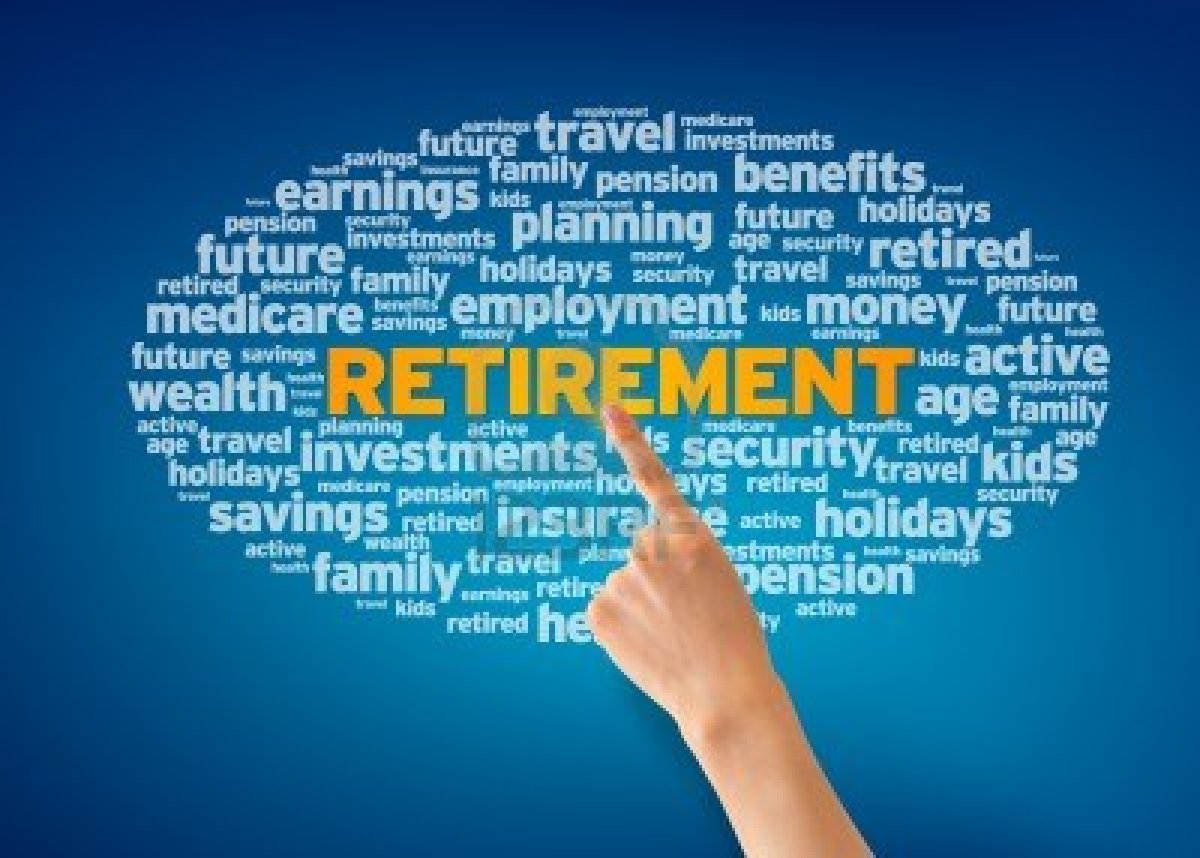Benefits
5 Retirement Tips for Small Business Owners
Preparing financially for retirement can be complicated for anyone, but for small business owners the process often poses even more challenges.
May. 24, 2018

Preparing financially for retirement can be complicated for anyone, but for small business owners the process often poses even more challenges.
Teachers, police officers, firefighters and other government employees generally receive a pension. The corporate world can offer benefit plans or matching contributions. But entrepreneurs can’t automatically rely on any of those features; instead they have to put saving/investing plans in place for themselves and their employees.
And often, Small Business Owners (“SBOs”) aren’t preparing sufficiently for retirement. A survey of SBOs, conducted by BMO Wealth Management, showed 75 percent had less than $100,000 saved for retirement.[1]
“Small business owners have to do it on their own, and many aren’t preparing properly,” says Troy Bender, President and CEO of Asset Retention Insurance Services Inc. (www.asset-retention.com). “Many feel like they will never make it, but they can. The idea is to simply start.”
Bender lists five ways small business owners can wisely plan for retirement, which include:
- Decide how much to save each month. An ideal average for saving per month is 15 percent of your pay, Bender says. If that seems too much at first, you might ease into it. “To begin, you may start with 5 percent and then ramp up 2 to 3 percent each year,” Bender says. As a better gauge, he says, note that an employee with a 401(k) can contribute up to $18,500 of their salary for 2018 if they’re less than 50 years old. Someone aged 50 and over with a 401(k) can save $24,500 a year. A good goal is to try to match these amounts annually.
- The SEP IRA. As defined by the IRS, a Simplified Employee Pension (SEP) plan provides business owners with a method to contribute toward their employees’ retirement as well as their own retirement savings. “It doesn’t have the start-up and operating costs of a conventional 401(k) or profit-sharing employee plan,” Bender says. ”Your business pays no taxes on annual earnings, as it grows tax-deferred.
- Rule of 100. “Retirement accounts that offer the highest return may seem ideal, but a business owner who goes down this path can be easily overwhelmed and stressed,” says Bender. “As a business owner, you generally already have enough stress, which can manifest in so many ways. A basic rule to follow is known as the Rule of 100.” Under that rule, you subtract your age from 100, and what’s left over is the percentage of your portfolio you put into investments with some risk. For example, if you are 50, then 50 percent of your assets would be at risk and 50 percent would be allocated conservatively – placed in a bank account, or perhaps in an annuity, for example, to provide income for you in your future.
- Life insurance. A small business owner with a family should have 10 times their annual net income in life insurance. Bender says. “The life insurance can be set up to provide a Tax-Free income in the future, too, that a small business owner can draw from,” Bender says.
- Key Person Insurance. Like having life insurance to provide financial help for your family when you pass away, a SBO may want to consider “Key Person Insurance.” The death benefit offered through “Key Person Insurance” helps ensure that should a “key person” within a company pass away, there will be continuity of the business for its employees (and customers).
“You need to save for the necessity stream as well as the discretionary stream,” Bender says. “You should get the basics down and really look at covering your lifestyle, so you can look back and smile from the thousands of hours you worked owning a business.”
